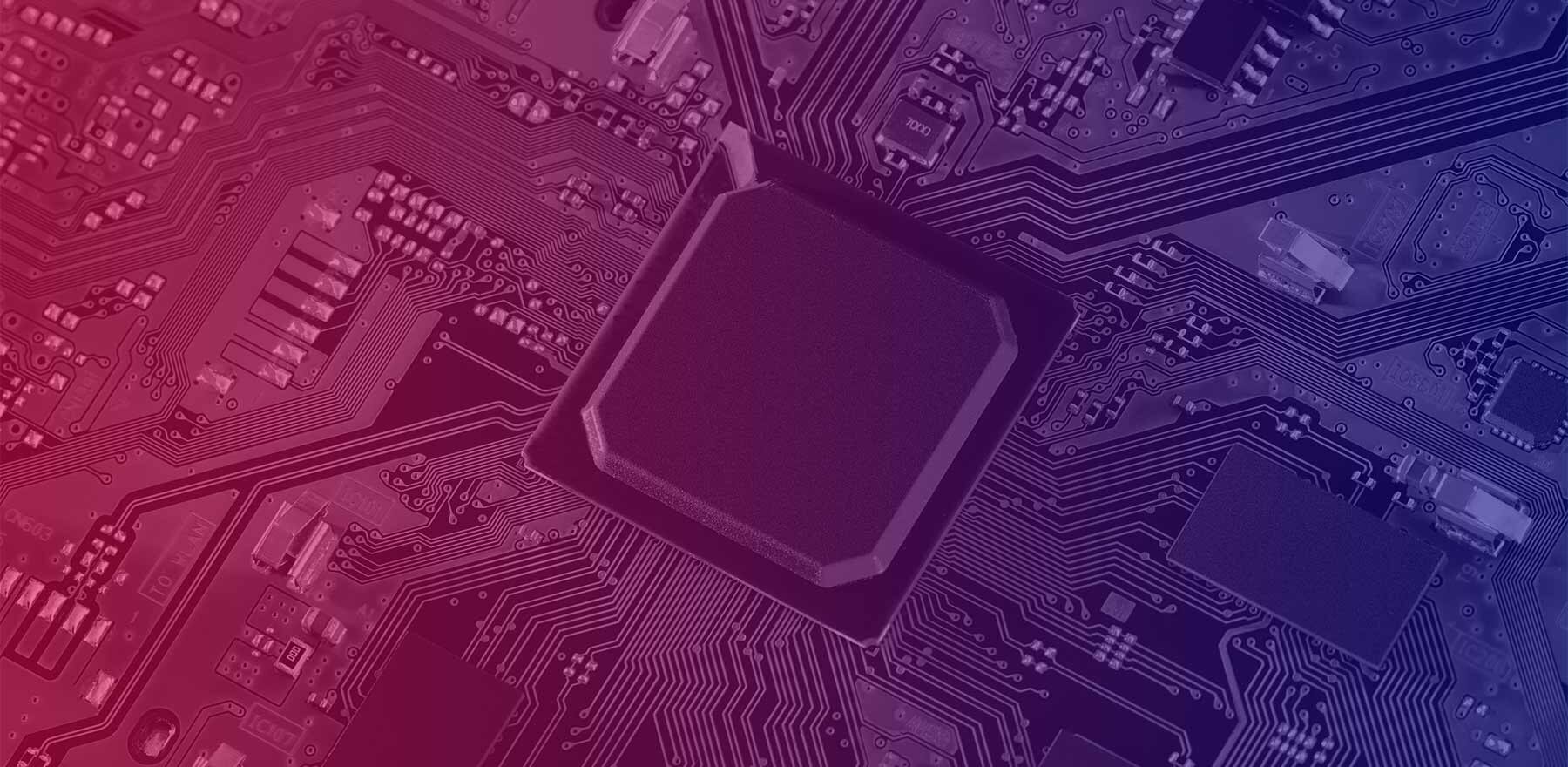Hybrain: benefits of edge computing technologies

Edge computing is an architectural strategy in which data processing and computing take place at or as close as possible to the physical location of either the user or the device, sensor and another source of the data rather than in the larger central data centres of public clouds or on-premises infrastructures, to allow users to benefit from faster, more reliable services.
It narrows the gap between data storage and the devices that need it, especially in situations where it is crucial to process data locally in real-time situations where transmitting the data to a data centre for processing causes unacceptable levels of latency.
Edge computing goes beyond gathering and processing data, it opens up the ability to better meet user expectations and even open new revenue streams by gaining the ability to support low-latency applications.
What are the benefits of edge computing?
When businesses host their applications and data in centralised data centres, and users access those resources over the Internet, the Internet becomes the weakest link in workload performance. An inefficient network connection between remote locations and the central data centre translates to slower application response times and delays in downloading data. If the connection fails entirely, the workload becomes completely inaccessible.
When, instead, businesses reduce the geographic distance between end-users and workloads, edge architectures decrease the potential for network-related performance problems.
Therefore, by processing data locally, edge computing:
- Enables better user experiences.
- Drives faster data processing.
- Allows IT assets to achieve a higher level of performance compared to conventional infrastructures.
- Unlocks a greater business strategic agility thanks to real-time monitoring and decision-making.
- Increase service and product reliability and availability avoid bandwidth constraints, reduce transmission delays and cut load time.
- Allows achieving regulatory compliance thanks to increased security by reducing the risk of exposing sensitive data and compliance to the various laws of different geographical locations by placing data processing within these locations.
HYBRAIN and edge computing
Although cloud computing has been considered the best solution to keep the data and computer processing at a distance, it is now increasingly important to move it close to the actual “operation” and start working locally again.
There is a dilemma though: moving heavy computing power to the local application is undesirable as well. The classic computer approach involves a lot of data traffic between the processor and memory. This is, in fact, not how our brain works, where memory and processing are part of the same process. Within the new HYBRAIN project, the researchers will address this challenge by combining a number of highly innovative solutions, based on how our brain works. These solutions include ‘in memory computing’ and an evolutionary system that is disordered by itself but can nevertheless detect complex patterns.